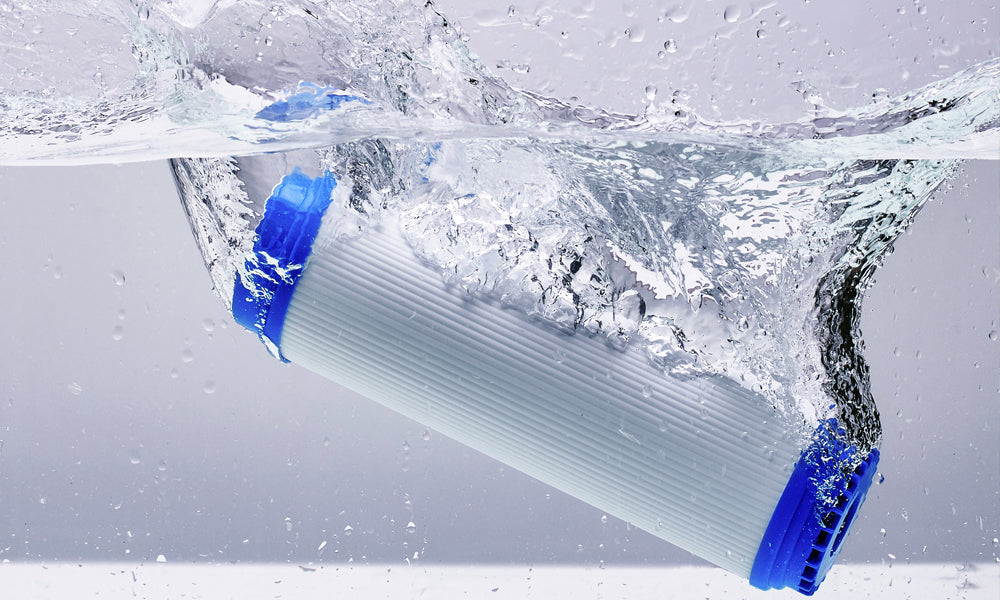If you or your family members are highly sensitive to common allergens, you’ve probably gone out of your way to limit exposure to outdoor conditions that spur reactions. This gets tougher when, to borrow a horror movie trope, the allergies are coming from inside the house. Improve your home’s air quality with a few simple ways to allergy-proof your home and keep life breathable inside and out.
Tear Out the Carpeting
After years of shag and Berber covering family room floors, wall-to-wall carpeting is officially out of style. If you’re still holding out and keeping your carpet, it’s time to catch up and pull it up. Wall-to-wall carpeting represents maximum surface area for dust mites, pet dander, and all the allergens that give you grief. Whether by exposing existing hardwood floors or installing new ones, bidding farewell to carpeting means easier cleaning, a more sophisticated appearance, and less space for allergens to rest. Accent the floor with area rugs instead.
Treat Yourself to Better Window Treatments
Curtains, blinds, shades, and drapes around your windows add depth to any room and let you limit the light coming in, which is good for when you’re allowing yourself some midday television. As useful as they are aesthetically pleasing, good window treatments are blends of form and function. But the lovely linens that make up window treatments can be virtual sponges for dust mites and other allergens—especially since the treatments surround open windows that let allergens in. Select the most hypoallergenic window treatments possible for your home without sacrificing appearance. PVC vertical blinds are easy to clean, but they may remind you a bit too much of your first apartment in college. Aluminum venetian blinds resist allergens but bend easily. Consider wood or bamboo shades, and accent them with synthetic curtains.
Limit “Fresh” Air That’s Not So Fresh
If you live in a climate with four distinct seasons, it’s hard to resist throwing the windows open at the first sight of a mild spring day. However, bringing this rush of fresh air into the home can also bring in high levels of mold and pollen, which slip through screens with ease and cause problems for allergen-sensitive people. Don’t deny yourself a breeze when the time is right, but monitor your local mold and pollen counters to determine when the airflow won’t cause more problems than it fixes. In the meantime, rely on your air conditioning to get the air circulating.
Keep Your Filters Clean
If you’re going to rely more on your air conditioner, you’ll need quality air filtration to prevent dust and other allergens from circulating with the air. Along with using these other simple ways to allergy-proof your home, don’t forget to change your home’s air filters regularly, especially when allergens are high. Fiberglass AC filters provide affordable and effective filtration, capturing the tiny particles that give your immune system such a challenge. Browse our extensive selections to find the filter and MERV rating that are right for your home and sensitivities.





























